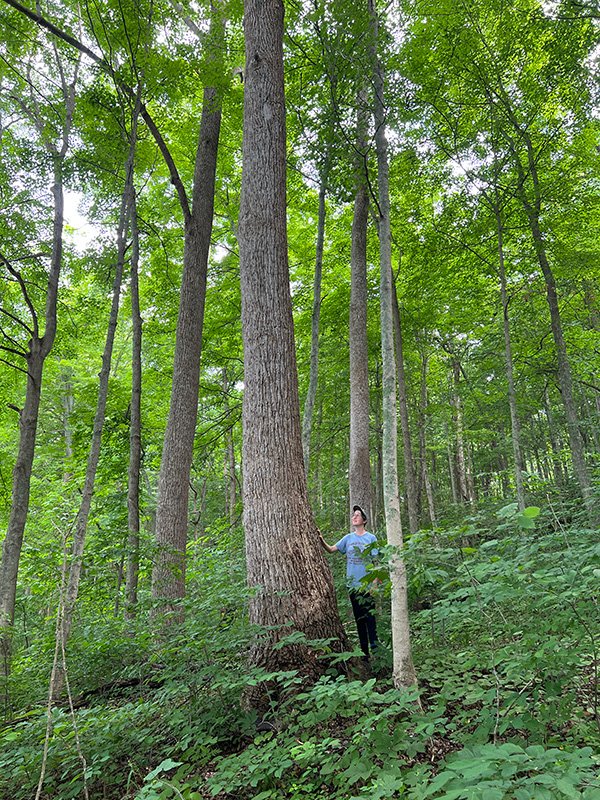Expanding Hickory Hollows
at the Highlands Nature Sanctuary
Project Cost: $64,500
Current balance yet to raise: $64,500
Hickory Hollows is an 85-acre property in Highland County, lying adjacent to the existing 3000-acre Highlands Nature Sanctuary and only a stone’s throw from the Sanctuary’s Otter Banks tract (see map in gallery below).
Hickory Hollows shelters one of the largest, oldest forests that we have ever found in the Sanctuary region - a rare whisper of the original hickory forests that once dominated the woodlands on the western half of the Sanctuary. Ancient pignuts, shagbarks, and bitternuts abound, alongside towering white and red oaks. Roughly 55 acres of the property are pristine enough that one can walk beneath the canopy without the usual proliferation of bush honeysuckle that has tragically destroyed nearly all of western Ohio’s understory communities. Along the long eastern boundary of the property is the shoreline of a large, quiet, privately-owned lake. It is deeply pleasurable to walk beneath towering oaks and hickories on the property’s steep hillsides while seeing - far below - the lake sparkling in the sunlight.
This project was funded with the help of the Ohio EPA’s Water Resource Restoration Sponsor Program. Additional fundraising is needed for the site’s long-term stewardship.
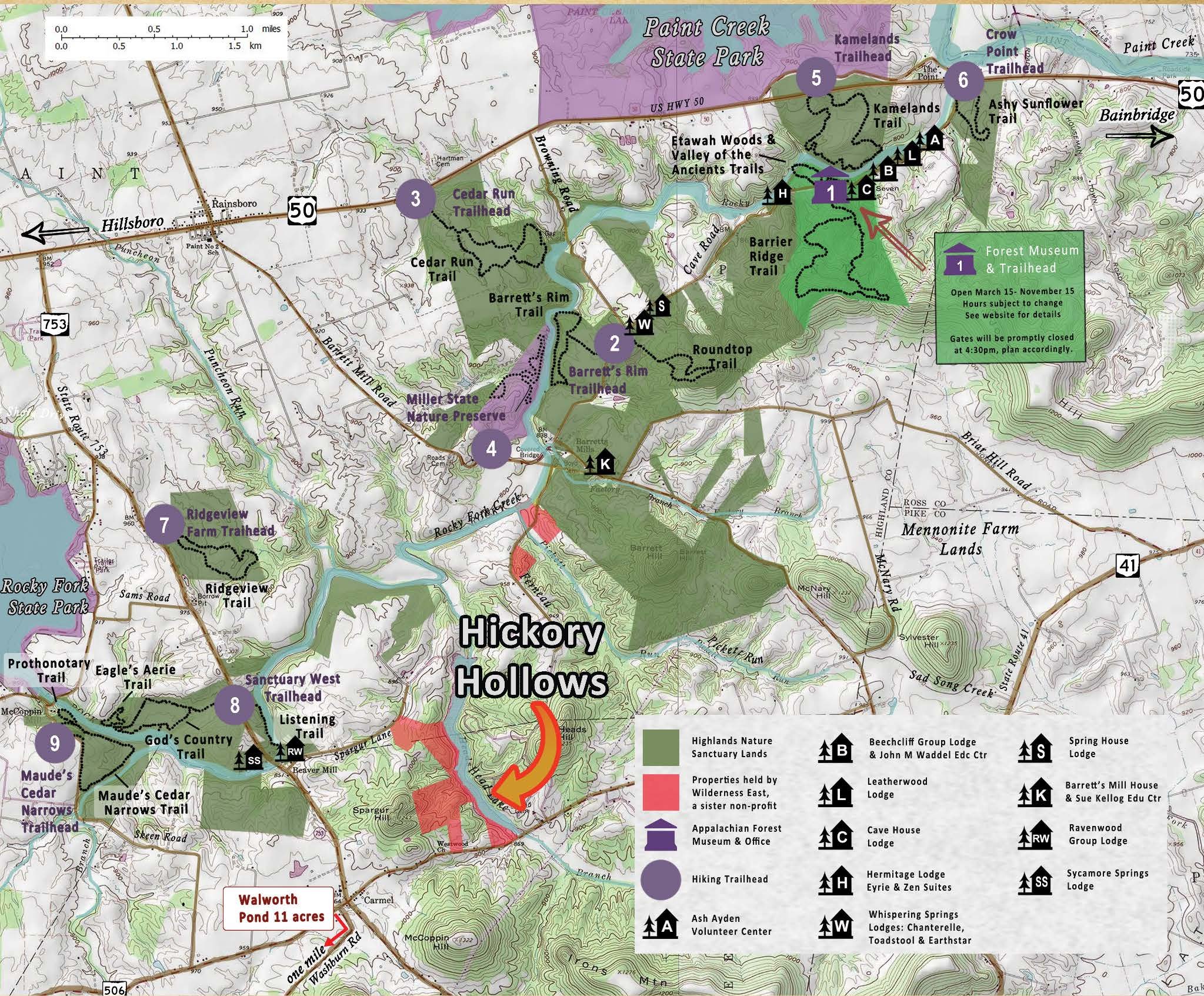
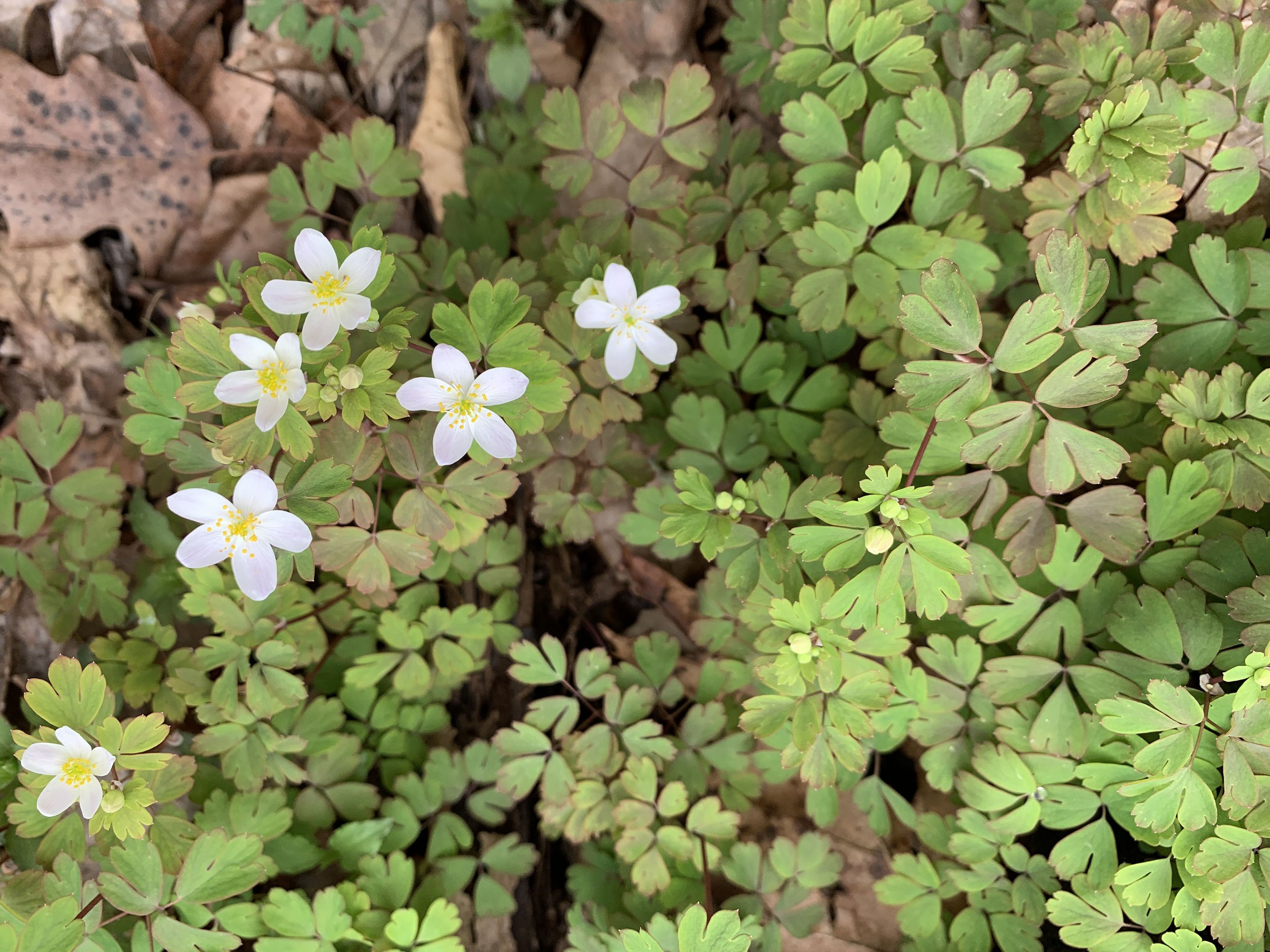
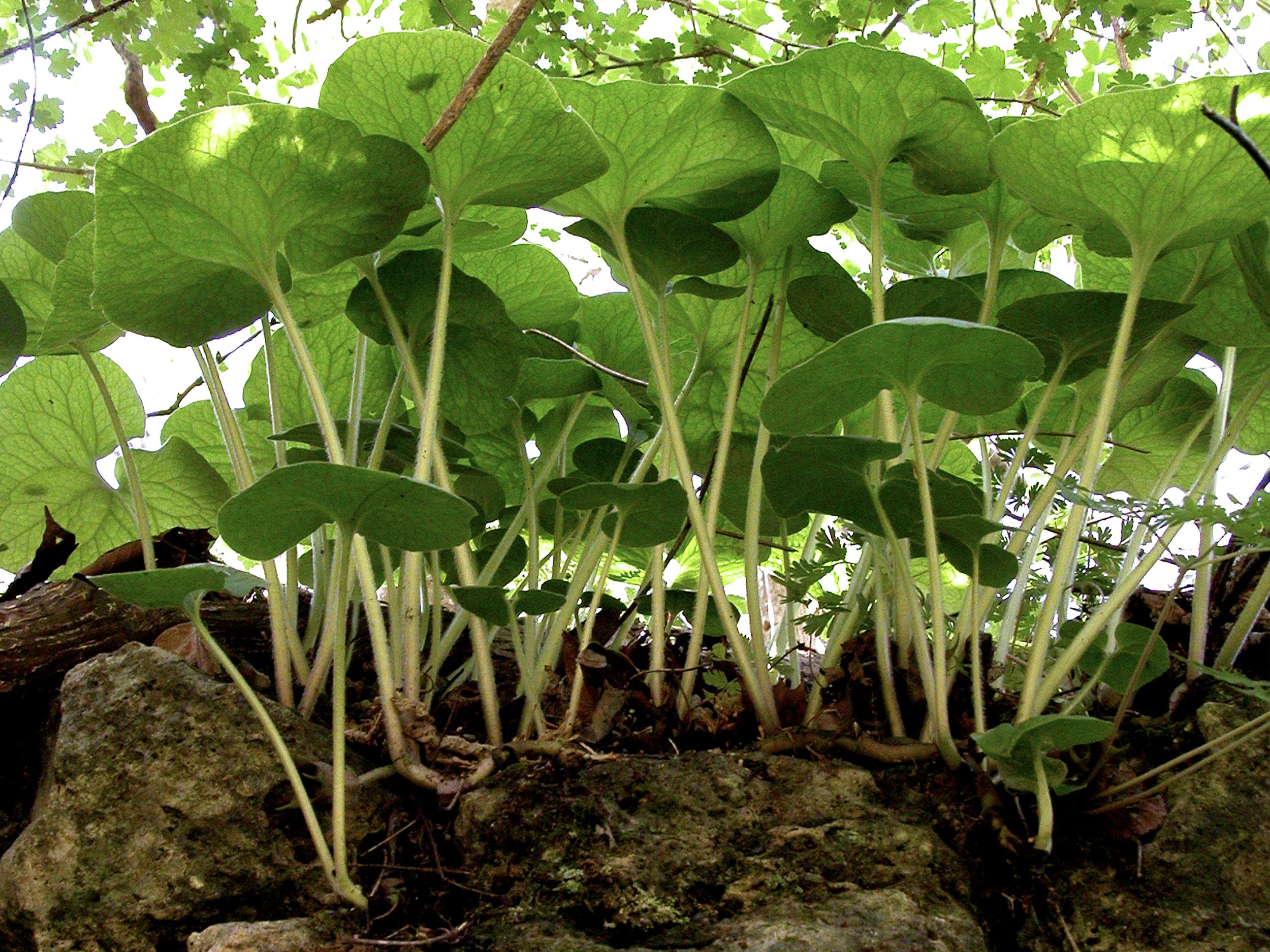
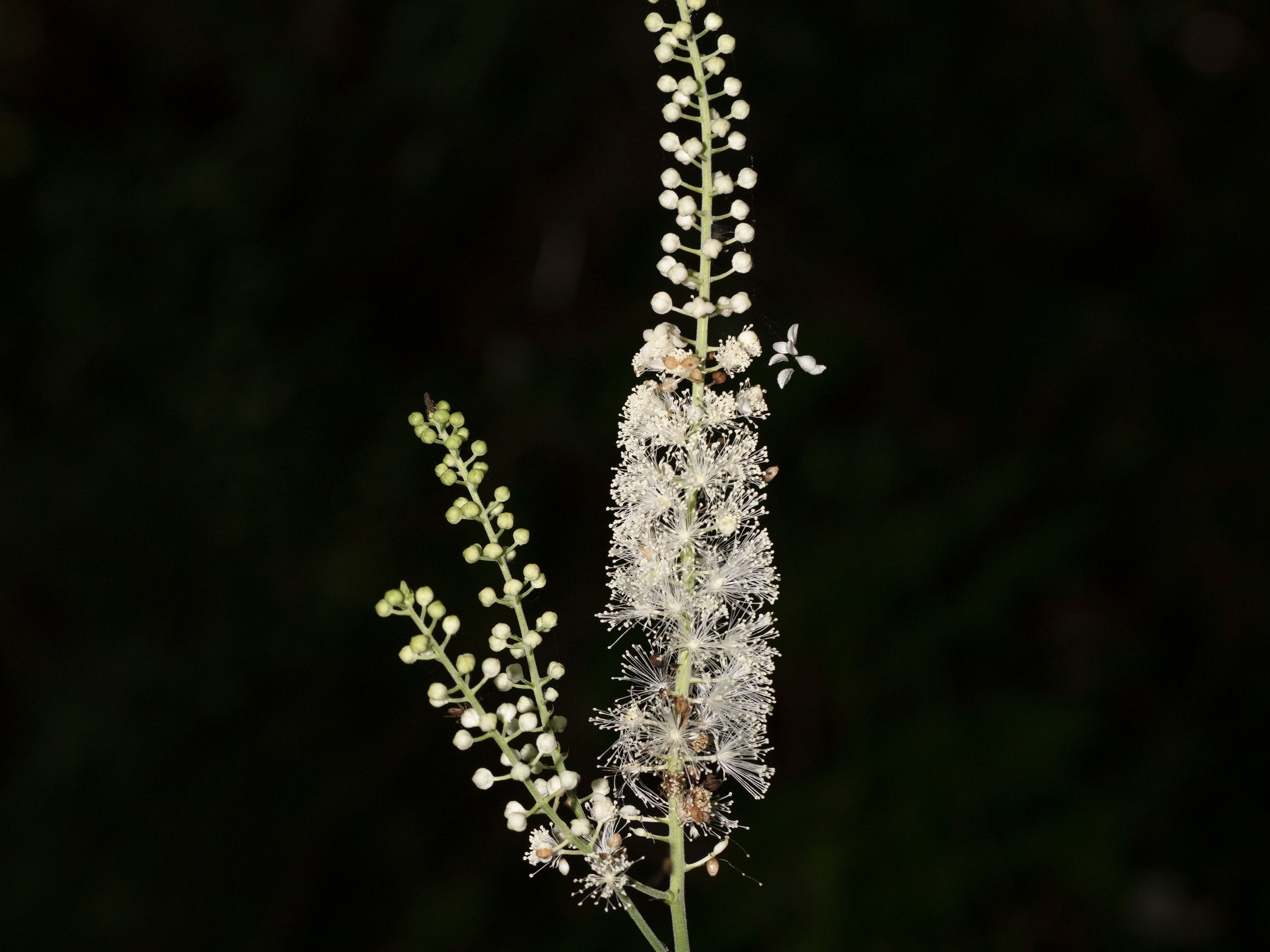
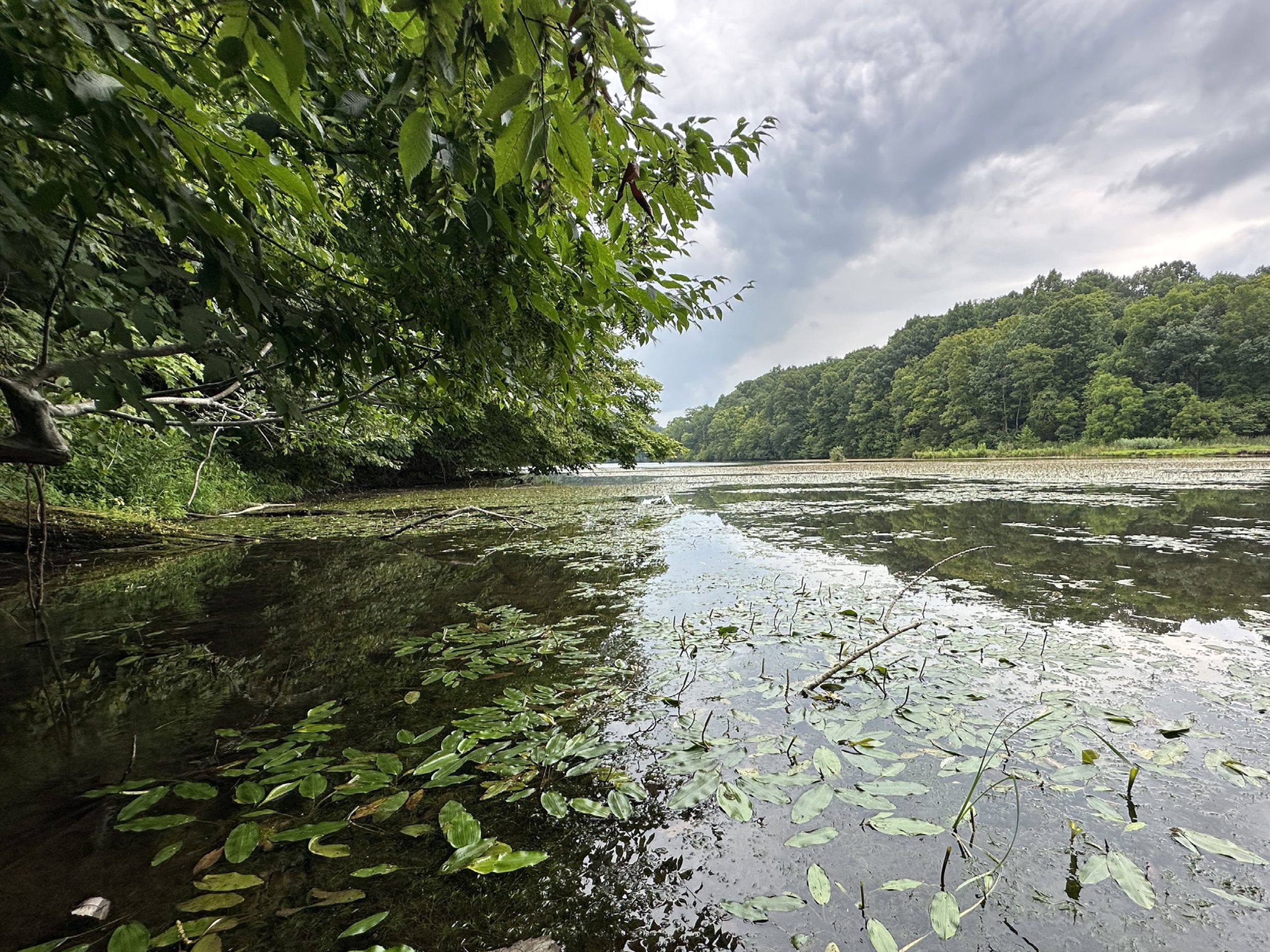
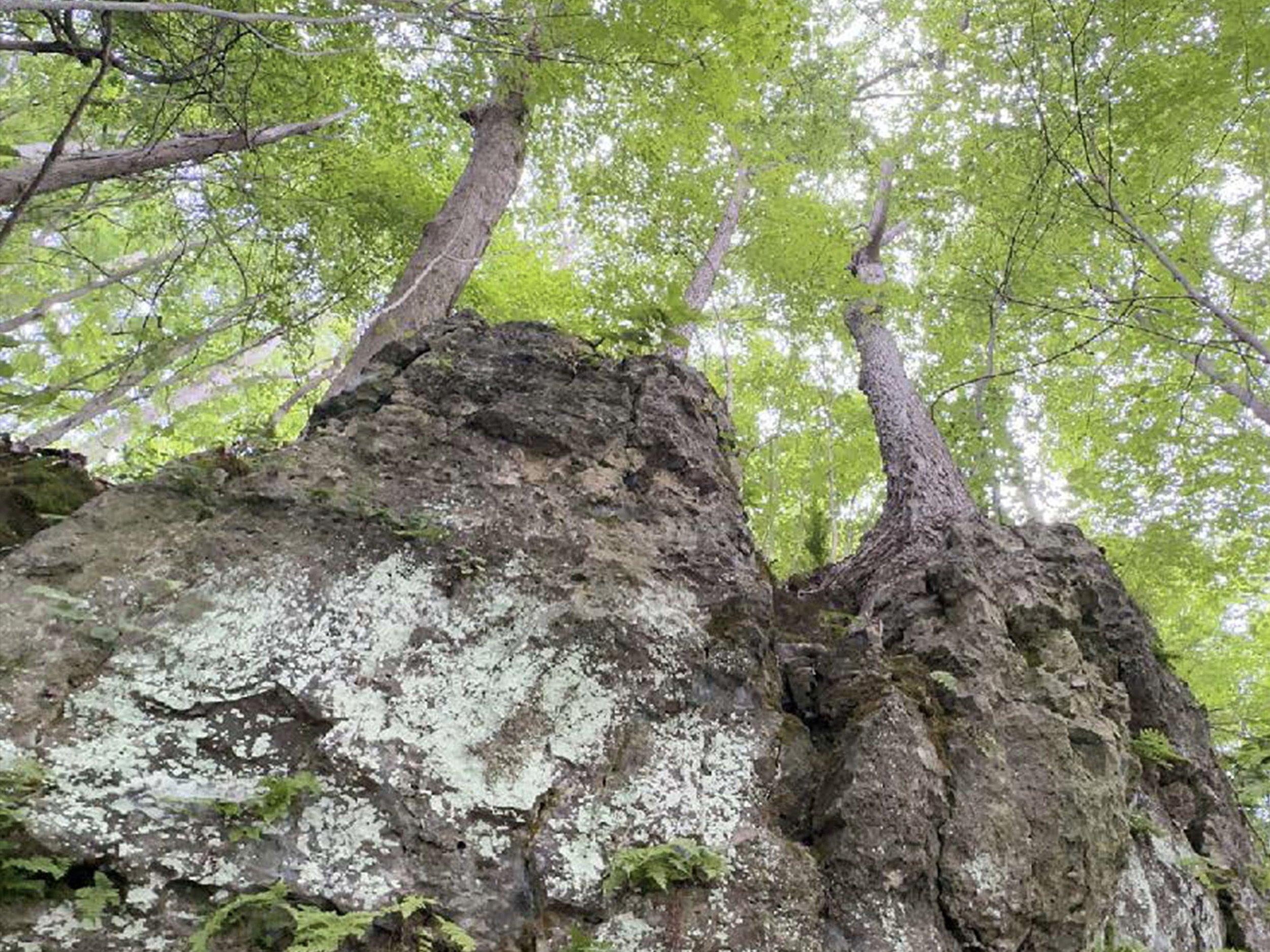
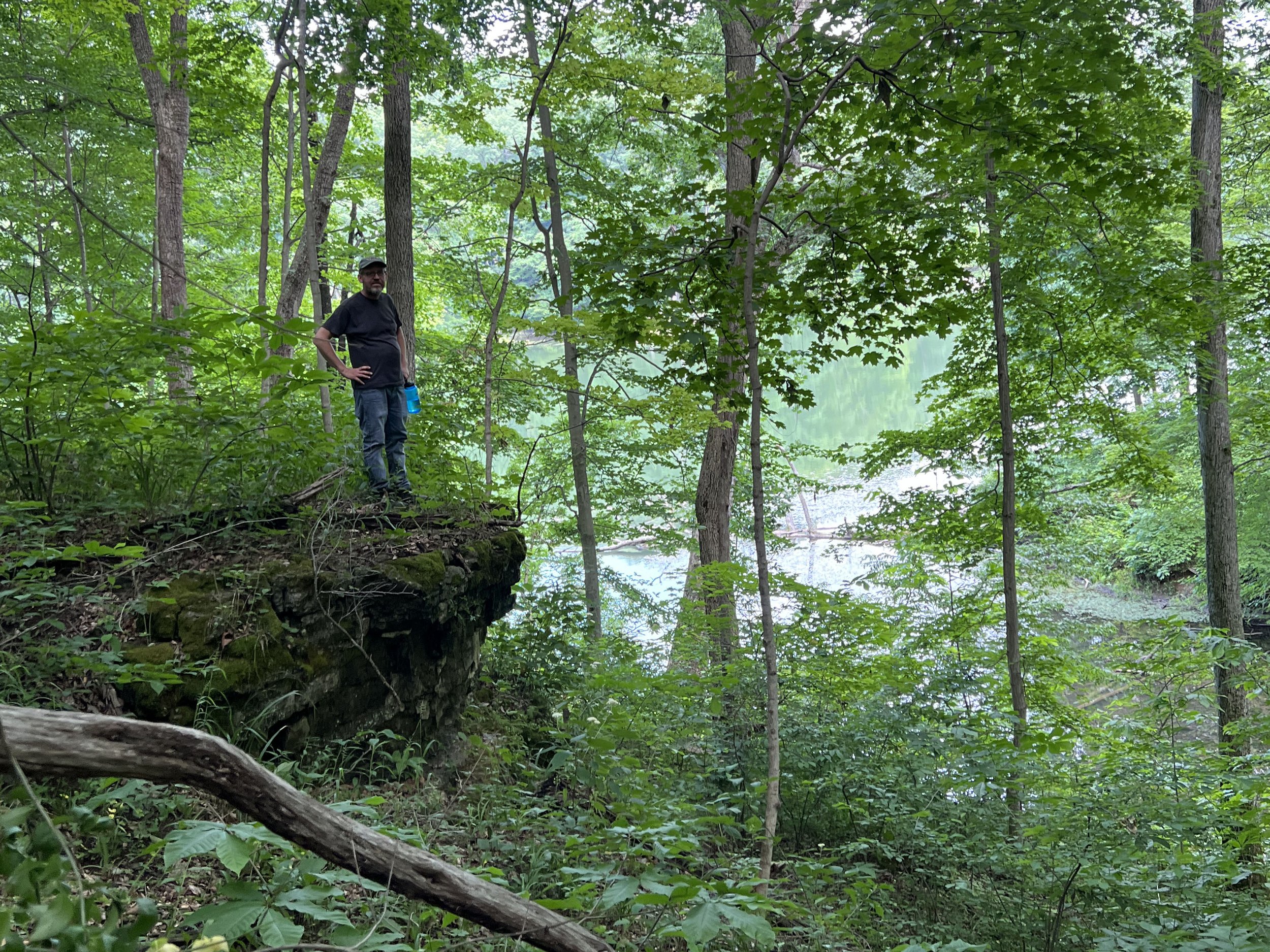
Saving a remnant Hickory-rich forest. Hickory Hollows is an 85-acre property composed of nine small parcels that lay in a contiguous tract on the lower slopes of Spargur Hill and bordered a private lake. The property stretches between two roads: Spargur Lane to its northern boundary and Cynthiana Road to its south. The dominant tree species here are large and healthy pignut, shagbark, and bitternut hickories. For years we’ve longed to save a remnant of the hickory-rich forests that once thrived in the western half of the Sanctuary. But few of them have survived to modern times, and none have come up for sale. It will be a pleasure to witness this forest further mature into old-growth condition in future decades.
Protecting an unusually dense karst-country wildflower display. Hickory Hollows supports an unusual abundance of wildflowers on its east-facing slopes and in its sheltered ravines. Species include: showy orchis (Galearis spectablilis), twinleaf (Jeffersonia diphylla), wild geranium (Geranium maculatum), eastern green violet (Hybanthus concolor), red columbine (Aquilegia canadensis), Jack-in-the-pulpit (Arisaema triphyllum), large white trillium (Trillium grandiflorum), Canadian wild ginger (Asarum canadense), Jacob’s ladder (Polemonium reptans), Canada violet (Viola canadensis), blue phlox (Phlox divaricata), drooping trillium (Trillium flexipes), harbinger of spring (Erigenia bulbosa), sharp-lobed hepatica (Hepatica acutiloba), Wild Comfrey (Andersonglossum virginianum), purple cress (Caradmine douglassii), yellow corydalis (Corydalis flavula), large-leaf waterleaf (Hydrophyllum macrophyllum), Virginia bluebells (Mertensia virginica), and mayapple (Podophyllum peltatum).
Fingers of dolomite brace the hillsides, offering shelter for ferns, moss, and more wildflowers. Tributary streams dissected the hills as they meandered down from Spargur Hill, contributing their own water-borne life force to that of the lakes. These streams were punctuated by small waterfalls, limestone cliffs and slump blocks - gifts provided by incomprehensible eras of geologic time that precede us.
Visitor Services Development. The Arc intends to install a public hiking trail at Hickory Hollows that will originate from a trailhead on the south side of Spargur Lane. The total length of the loop trail at Hickory Hollows will be 1.1 miles.

